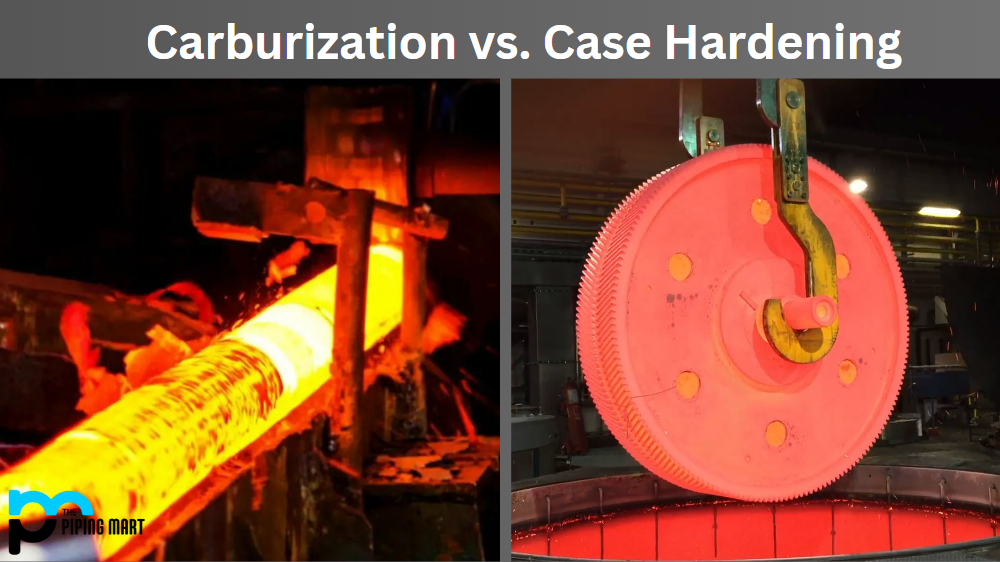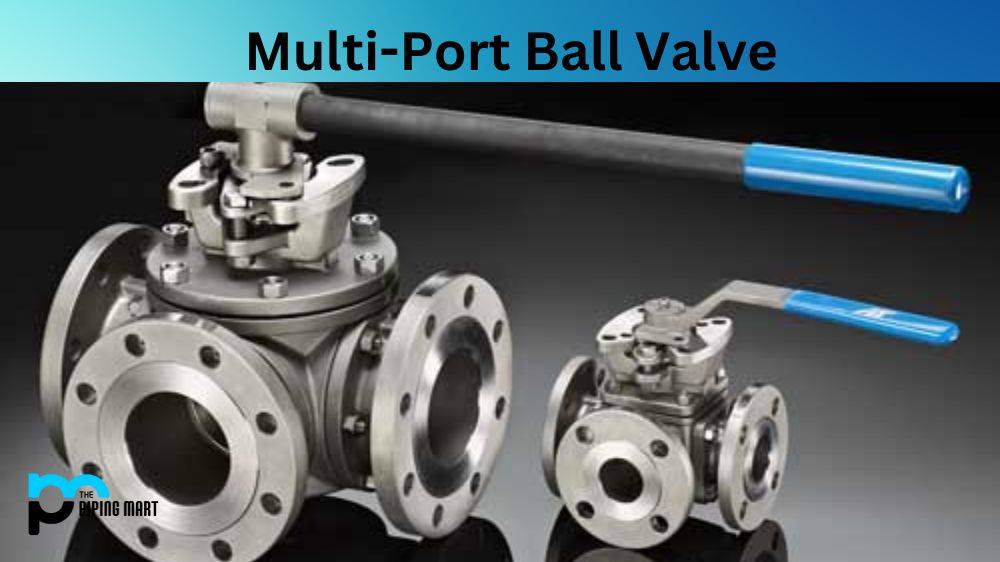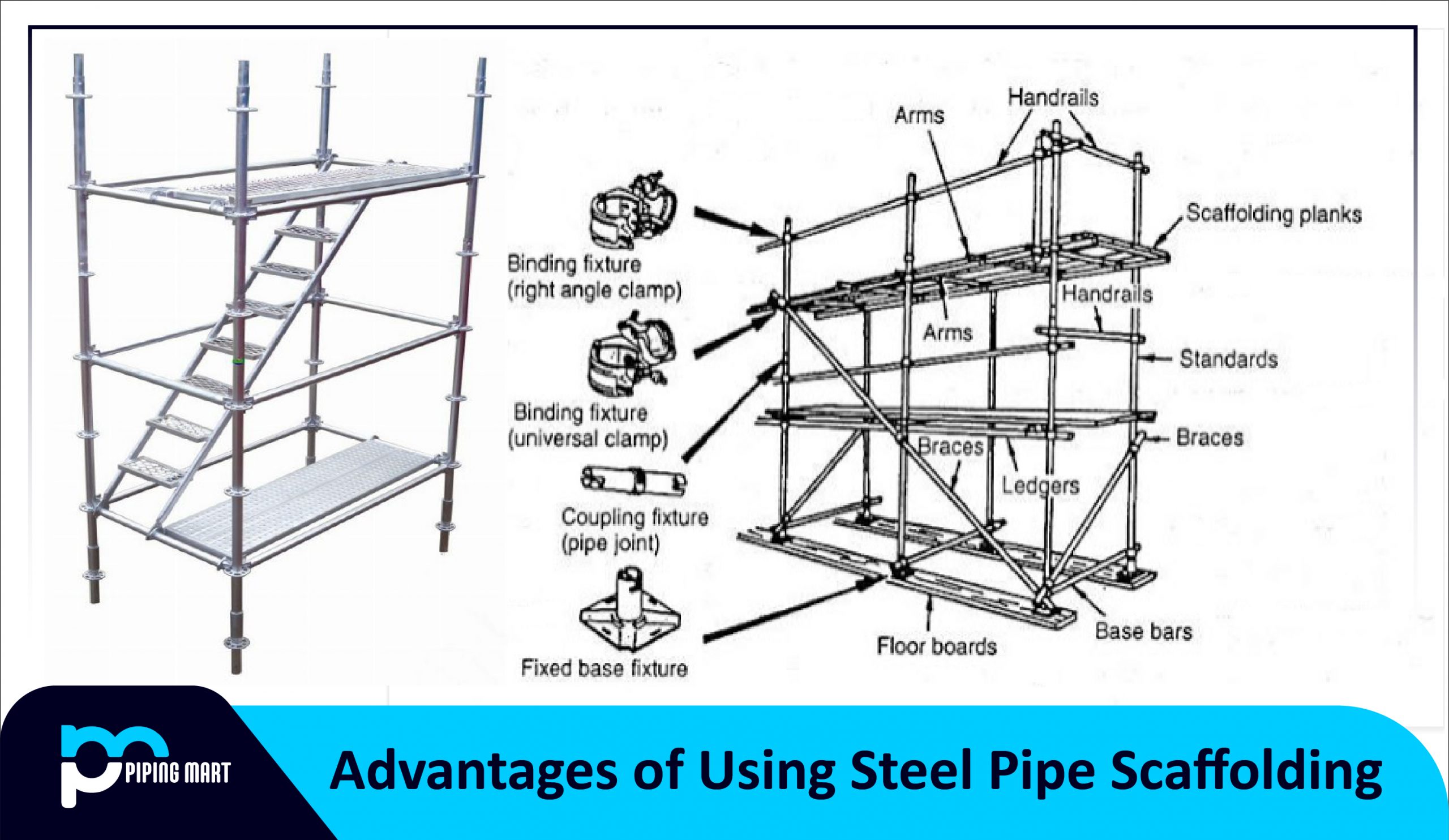Plumbing projects can involve various techniques, but two methods commonly used are compression fittings and soldering. Both have different advantages and disadvantages that should be weighed when deciding on the best approach to your plumbing project. Let’s take a closer look at both methods.
What is a Compression Fitting?
A compression fitting is a type of fitting used to connect two pieces of pipe or tubing together. The fitting comprises a nut, a body, and a ferrule. The ferrule is a small ring that fits over the end of the pipe or tubing. The body of the fitting is then placed over the ferrule, and the nut is threaded onto the body. As the nut is tightened, it compresses the ferrule against the pipe or tubing, creating a watertight seal. Compression fittings are one of the most common types of plumbing connections used today. Compression fittings compress the nut onto an insert in the pipe to create a seal. This method is simple to use for most homeowners, as it only requires essential tools such as wrenches and pliers.
Additionally, compression fittings allow for quick repairs and adjustments to be made without having to re-solder the pipes. On the downside, compression fittings are less strong and reliable than solder joints. Compression fittings can also be difficult to remove if they need to be adjusted or replaced down the road. Finally, leaks can occur due to loose nuts or faulty seals if not installed properly.
What is Solder?
A solder is a type of metal that is used to join two pieces of metal together. Solder is melted and flowed between the two pieces of metal to create a bond. Once cooled, the solder hardens and creates a strong joint between the two pieces of metal. Soldering is another popular plumbing technique used in many home projects. Soldering involves melting a lead-based alloy onto copper pipes to form a watertight seal between two pipes or fixtures. Since solder creates a permanent bond between two pieces of pipe, it is more reliable than compression fittings over time.
Additionally, solder joints require less maintenance than other types of connections because they do not loosen over time as compression fittings can. Solder joints also require special tools like a soldering iron, flux paste, and wire brush, which may make it more difficult for DIYers who don’t already have these tools on hand. Additionally, soldering takes longer than compression fitting installation due to its complexity. It requires a certain skill level for it to be done correctly with minimal leakage risk – so proper training is necessary before attempting this job yourself!
Difference Between Compression Fittings and Solder
Advantages of Compression Fittings
There are several advantages to using compression fittings over solder fittings. First, compression fittings do not require heat to create a seal, so they can be used in situations where soldering is not possible or practical. Compression fittings create a stronger seal than solder fittings and are less likely to leak. Finally, compression fittings are easier to install than solder fittings and do not require as much training or skill to install correctly.
Advantages of Solder Fittings
While there are several advantages to using compression fittings, there are also some advantages to using solder fittings:
- Solder fittings provide a more permanent connection than compression fittings and are less likely to come loose over time.
- Solder joints can be made stronger than compression joints by adding additional solder to the joint.
- Solder joints can be made watertight by adding flux to the joint before soldering.
Disadvantages of Compression Fittings
There are some disadvantages to using compression fittings as well:
- If installed correctly, compression fittings can stay intact.
- Because they rely on friction to create a seal, compression fittings can be difficult to remove once they have been installed.
- Compression fittings are less strong than solder joints and are more likely to fail under
- high stress or pressure.
Conclusion:
When deciding between using compression fitting vs solder for your next plumbing project, consider which method will best fit your needs based on factors such as cost, speed of installation/repair/removal (if needed), ease of use (for DIYers) , and longevity/reliability over time (for all users). If you’re comfortable with the soldering process, go ahead; however, if you’re looking for something simpler, you may want to consider using compression fitting instead! Ultimately it comes down to personal preference, so choose what works best for you!

Pipingmart is a B2B portal that specializes in metal, industrial and piping items. Additionally, we share the latest information and information about materials, products and various types of grades to assist businesses that are involved in this business.



